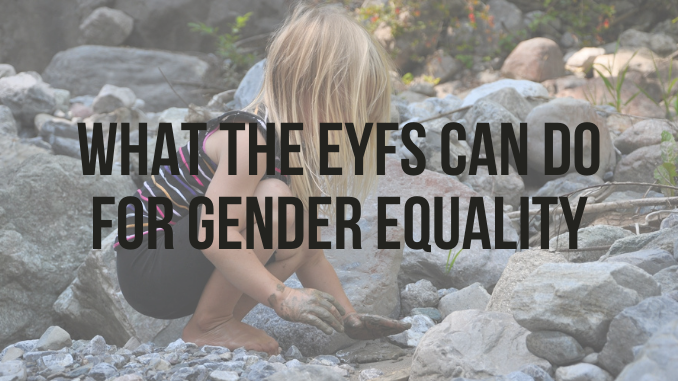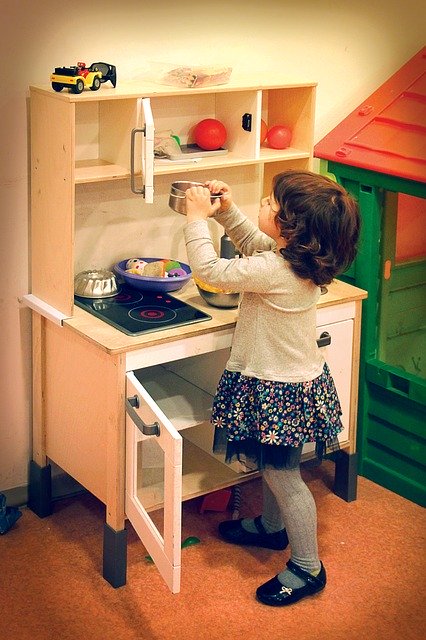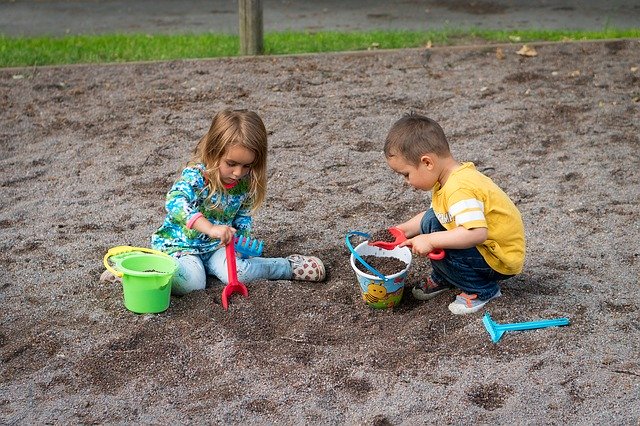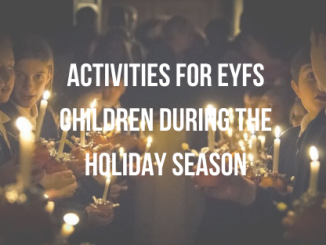Children in the Early Years Foundation Stage come from a range of backgrounds, with their parents and carers at home providing their primary form of socialisation. In the home we often find varying ideas about gender roles and the importance of gender equality.
The Early Years workforce are in a significant, unique position in their influence over children’s development, providing a secondary form of socialisation. From this influential position the Early Years professionals can encourage equal, respectful relationships, break down harmful gender norms and promote gender equality. In the long-term this contributes to freeing children from limiting gender stereotypes.
The environment that Early years professionals create is made up of both the physical environment and the social environment and both of these will be important in promoting gender equality and equal opportunities.
Practitioner attitudes
As professionals working in the Early Years sector, most of us understand the importance of gender equality and would probably say that we are free from bias and treat boys and girls equally. Sadly, the evidence disagrees!
Numerous studies have found that adults select “gendered” toys or activities when playing with babies, toddlers and young children, and an experiment in Swedish preschools demonstrated that practitioners tended to use more words, and more complex sentences, with girls. Furthermore, when helping children to change clothes, they were more likely to help boys and expected girls to dress themselves. This is not to say that these attitudes are deliberate, just that we are very much a product of society. As practitioners reflect on these subtle differences in attitude and expectation, they can begin to remedy them.
Practitioner language
The language we use is laden with cultural expectations and gender norms, and often the way that we speak to boys and girls is very different. By being aware of this we can make an effort to change it. For example, adults are more likely to comment on girls appearance than boys, this is usually done in a complimentary way “I love your dress” or “your hair is so beautiful” but if it is all that we comment on, or what we comment on more regularly then we can unintentionally give the message that girls appearance is more important than what they are doing and achieving. Instead we can say “I really like your drawing” or “I love the way you’re balancing”
Using more inclusive language encourages children to not see gender as a polarising force, and recognise that in the classroom everyone is equal. So, instead of “Good morning boys and girls” we might say “Hello everyone!” because when we are greeting a group of children there is really no need to point out that there are both boys and girls in the group.
Emotional language is extremely important and as practitioners it is our job to ensure that all children, regardless of their gender, are given the vocabulary needed to talk meaningfully about their feelings. This may help to break down the gender differences in expression of emotion that we see later on in childhood. Its especially important for practitioners to ensure that boys understand it is okay to cry, be upset, emotional, scared, anxious and for girls to understand that anger is a normal feeling and can be expressed healthily too.
Physical environment
As those working in the Early Years Foundation Stage, we understand the vital role that the physical environment has to play in children’s learning and development. An “enabling environment” forms part of the core of the EYFS. So, when it comes to gender equality what does this mean?
Well, we’re looking for an environment which enables high quality learning for all children regardless of whether they are male or female. This will mean equal access to different kinds of learning, the prime and specific areas through different resources. It is rare these days that girls are explicitly excluded from technology lessons, instead this is more likely to take the shape of boys hogging the construction area or girls not allowing boys to play in the home corner.
As professionals we can look at reflect upon our environment by auditing who plays where, and considering whether certain areas of the room are favoured by one gender in particular, often we will find that this is indeed the case.
To combat this, we must think carefully about how the room is arranged and even decorated. Often, home corners and play kitchens are decorated with pink, purple and floral designs. Whilst pink and purple are obviously not just for girls, that is a stereotype we need to break down, many children are heavily influenced by the ‘norm’. As a teacher you can choose whether you’d like to tackle the “pink is for girls and blue is for boys” socialisation, or remove the potential issue by decorating kitchens and home areas in more ‘neutral’ tones.
Alongside home corners, dressing up resources for role play can often be quite polarised for example, there may be lots of princess or superhero costumes. Again, as we know, it is perfectly fine for either gender to take on either role, but perhaps the issue can be neutralised by providing more generalised dressing up resources, for example large pieces of different materials, animal costumes or actual items of clothing.
Think carefully too about the kinds of images that are found within the classroom. For example, within story books are there images of men and women in non-typical roles? Are there male and female dolls and small world figures available to play with?
Open-ended resources like sand, water, messy play or loose parts are idea for encouraging all children to play as there are very few fixed ideas about the intended gender of these in contrast to the more “gendered” train tracks or dolls.
Children’s attitudes
Even in the Early Years Foundation Stage children have often absorbed many unhelpful ideas and attitudes about gender, whether from parents, grandparents or mainstream media. We are in a unique position to challenge ideas and assumptions and help to ensure more gender equality.
Some young children have very strong ideas about which toys are “for girls” or “for boys” this is something that can be explored with young children through conversation and play. Sometimes gender is used as an insult too, children might say things like “You throw like a girl!” or “boys are yucky” again this is something that can be challenged. Practitioners should not be afraid to explain why stereotyping and prejudice is unacceptable as this helps children to begin to explore the issue for themselves, rather than see it as something taboo. However, these conversations are best carried out in the moment rather than planned for, as planning them means that sometimes we end up pre-empting an issue that isn’t actually there.
As agents of secondary socialisation settings and early years workers have a huge role to play in breaking down gender stereotypes and prejudices and ensuring equal opportunities for both boys and girls. This position is privileged, and from it much can be done to chip away at society’s deeply engrained sexism and move us a little closer to a more equal future.









